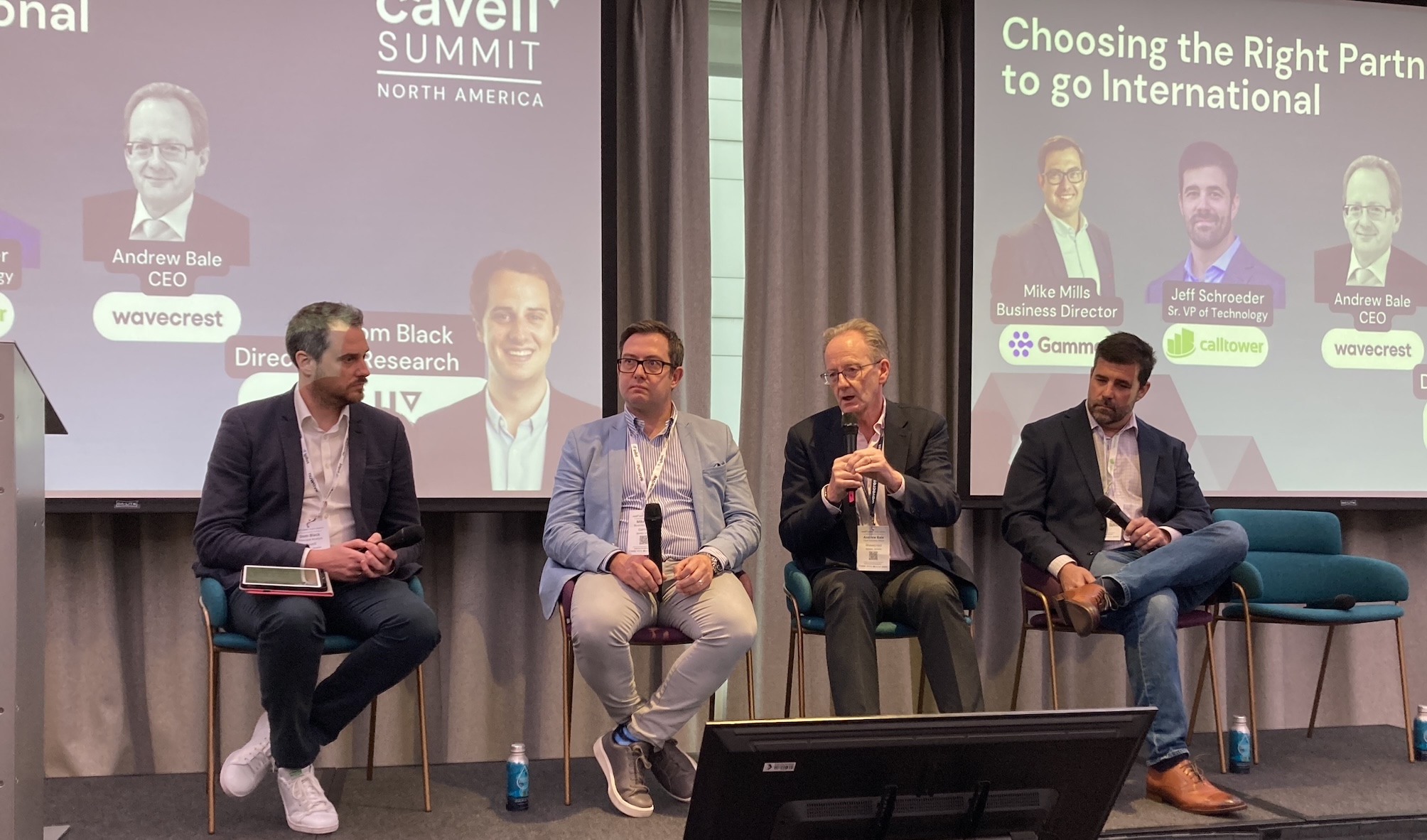Blog post
Six ways to bring trust back to voice calling
04/11/24
Tim French
At Wavecrest, we believe there’s a collective need to tackle the voice industry’s issues with trust and security. The industry needs to act and we must be proactive, rather than waiting for regulators to impose solutions.

However, there’s no ‘silver bullet’ here. It’s likely a combination of different tools and solutions will be required. I’ve written before about how improving Know Your Customer solutions could be an important part of the answer. In this post, I’ve identified six other tools that the industry can adopt to improve security and enhance trust.
These six solutions should all be part of our toolbox as we move into a more secure future. The industry is actively working on these challenges in the form of the One Consortium – so if you’re interested in joining us, please let us know!
1. Number validation
For transit operators, number validation is a simple way to weed out some of the more obviously spoofed traffic on a network. Confirming that both a and b party numbers are correctly formatted and from allocated number ranges is a simple and cost-effective check to make.
2. Trusted trunks
By forging close relationships with in-country rangeholders, and linking this to a network of trusted origins, it’s possible to create “trusted trunks”, whereby calls that originate on these trunks are from verified and trusted origins.
By ensuring that the numbers of these trusted parties can ONLY originate from these trusted trunks (enforced by the rangeholder), it’s possible for that trust to be passed all the way through to the recipient of the call. This is another simple measure that can provide trust on a country-by-country basis.
3. STIR/SHAKEN
There’s no doubt that when the US and Canada introduced STIR/SHAKEN in the battle against spam calling, it was a bold move. However, it was burdensome for operators to adopt and it hasn’t really had the transformational impact it set out to achieve. France is now adopting a similar system and risks a similar outcome, with Brazil and perhaps India soon to follow.
Without prioritising interoperability and an international outlook, it’s not yet clear how effective these developments will be. Call signing solutions could certainly have a crucial role to play in tackling spam calling, but they’d be more effective if they were industry-led global initiatives rather than locally adopted solutions that don’t work together.
4. International traceback
While not a preventative measure, international traceback is an important tool for restricting the fraudulent usage of networks at source. Today, working out where a suspect international call has originated is a time-consuming and laborious process. If we had more effective processes for rapidly identifying the source of fraudulent traffic, we’d help law enforcement react faster. That would enable authorities to stay on stop of evolving behaviour and clamp down before it spreads.
5. Branded calling
A globally adopted branded calling solution that users can trust could be built on top of other initiatives in the telco industry. If it’s achievable, it would represent the ideal solution – and it’s what we believe the industry should be striving towards. However, once again, unless these initiatives are global, widely adopted and most importantly, fully trusted, then they could actually be more harmful. The ability to generate a realistic spam branded call would be a very powerful tool to a potential fraudster.
6. AI call analysis solutions
AI-based analysis of calls in progress, such as “Azure Operator Call Protection”, have the potential to act on fraudulent calls that are attempting to elicit information from their victims. This is an interesting approach and it’s one to watch with interest. If they can remain adaptable to new threat types and new ways of enticing data from users, while avoiding false positives, then they could prove useful. However, that remains to be seen.
These don’t represent the full list of options by any means, but from this review three key observations become clear:
1. There are some achievable quick wins that would bring at least some benefit without big investment.
2. No single solution is going to resolve this issue.
3. Any lasting solutions will need to be well thought-out, global and industry led.
Let me know your thoughts on these six approaches, and what more we can be doing to tackle the voice industry’s problem with trust.
Related Resources

Choosing the right partner to go International
Choosing the right partner has never been more challenging but our industry collectively needs to focus on transparency, trust and processes that bring safety back to the consumer.
Read more >
Are US telcos surcharged?
Origin-based rating (OBR) was introduced to reset the financial balance between different countries within the EEA. As the US isn’t an expensive destination, US telcos typically don’t expect to be classed as an expensive origination so are they surcharged?
Read more >